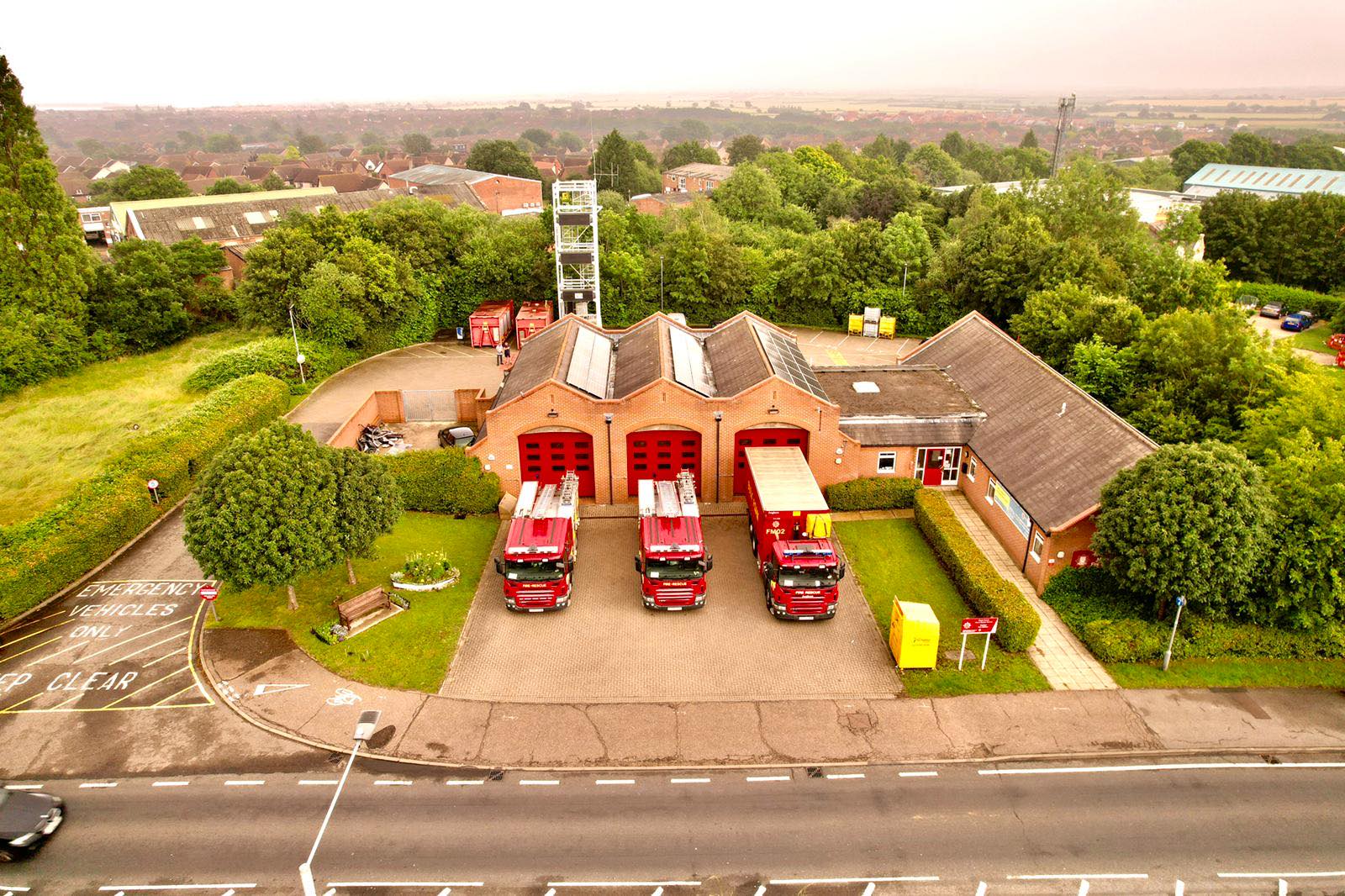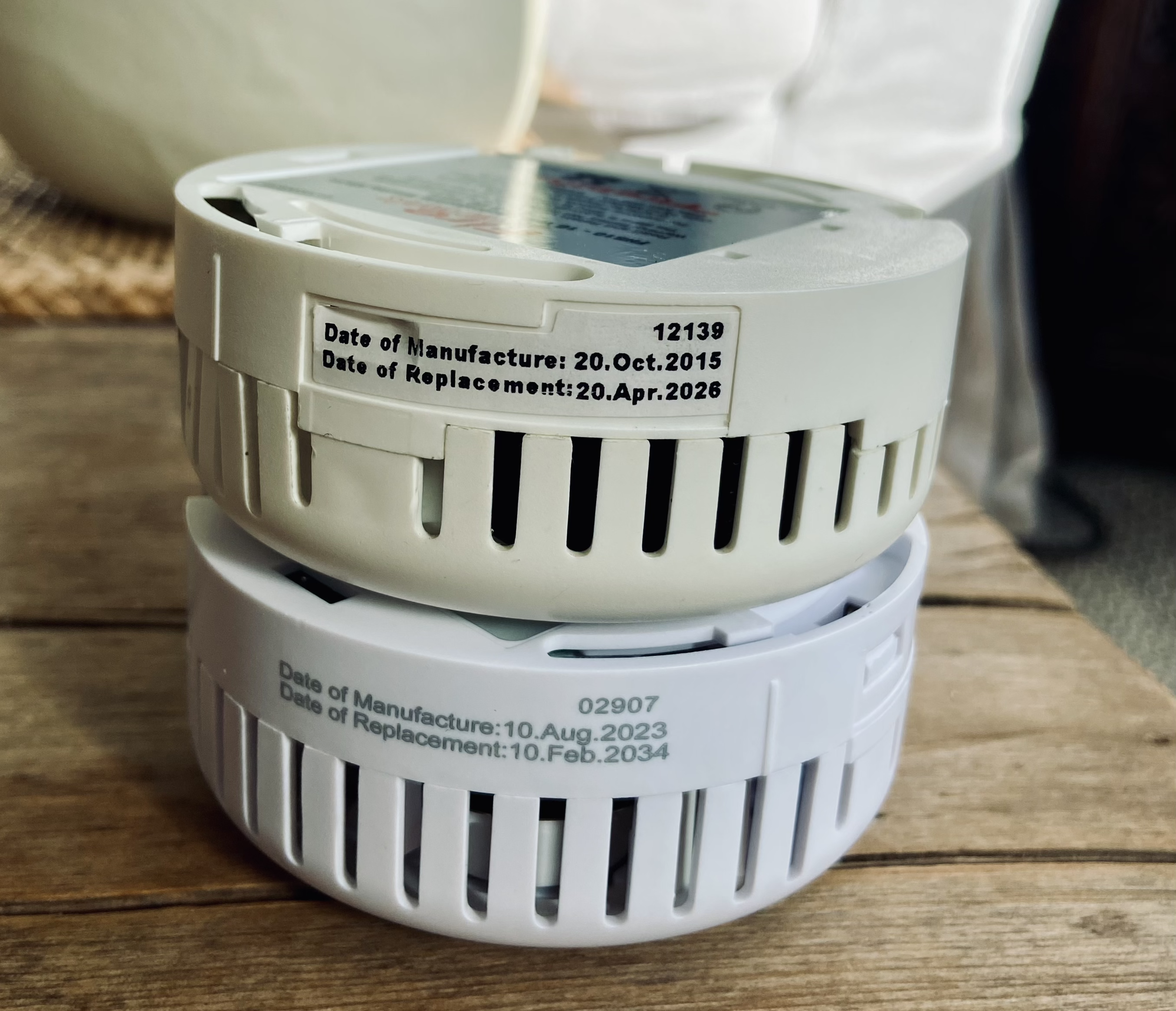Fire Hydrant Plates
One of the most important ‘tools’ of the fire-fighter is water. Almost every fire the fire service attends requires the use of water to extinguish it. In these modern times not only do pumping appliances carry a considerable amount of water, but a massive network of fire hydrants enables more water to be obtained in almost every location. Fire hydrants can be easily recognised by a bright yellow plate nearby which enables fire-fighters to quickly locate the cover and underground hydrant. However, this was not always the case.
In the early days of fire-fighting there were no hydrants and the fire-fighters had to rely on an open water supply. Sometimes this might be close to the fire, but on many occasions it was necessary for water to be transported to the hand operated fire pumps by people carrying buckets of water.
As the early water mains, made of hollowed out wooden tree trunks, began to be installed, particularly in the larger towns and cities it became customary for the fire brigades of the time to cut a small circular hole about 50mm across in the water main to obtain water to fight a fire nearby. They would use a tapered stand pipe which was hammered into the hole to supply water to their fire pump. When they had finished using the water main the hole would be closed using a wooden plug. They would then fix a metal plate nearby with the letters F.P. on it. This stood for ‘Fire Plug’. If a fire occurred nearby again the F.P. plate would be seen and the plug could be removed and the water supply quickly obtained. This was the early beginning of the modern fire hydrant system.
In the mid-Victorian era, the old wooden water mains were replaced with cast iron pipe work. As the workmen came across a fire-plug they would provide a small round outlet in the new metal pipeline and place a wooden plug into it.
In the late 1800s the fire hydrant was invented. This large valve could be fitted into a water main and was available for fire-fighters to use. They were mainly fitted under the surface of a pavement of road. The flow of water could be turned on and off by the use of a long key. The standpipes could now be screwed onto the hydrants and the flow of water controlled. Hydrants rapidly replaced the old Fire Plug system all over the country. Although many areas still used the term ‘fire-plug’ for the hydrants, eventually the term Fire Hydrant became universal. This led to the replacement of the old ‘FP’ plaques with plaques on which a large letter ‘H’ was marked. The plaques varied considerably according to the local water companies supplying the water mains. There was no standardisation. This led to a great variety of plates, many of which can be seen in the Essex Fire Museum.
In the London area, including the Metropolitan parts of Essex, hydrant plaques were standardised in the 1930s. Metal plates were used with 6 inch sides. They were white with blue lettering if they were attached to dark surfaces, or blue with white letters if they were attached to light coloured backgrounds. A diamond shaped plate denoted that the hydrant was immediately below and in front of the plate. A square plate indicated that the hydrant was on the opposite of the road. A further modification to the system took place in 1938 and that was to add the distance the hydrant was from the plate. This system was not completed before the start of World War 2.
During the Second World War, it soon became apparent that the hydrant plates with a dark background were very difficult to locate during the black-out. Furthermore, especially in the heavily bombed areas, the plates were completely lost as the buildings they were fixed to were blasted. Many disappeared under large piles of rubble. Fire stations took to painting a large letter H onto any wall or fence nearby to show the location of a hydrant.
As the war progressed the National Fire Service experimented on various methods and colour schemes for hydrant plates. It was eventually decided that black lettering on a yellow background was the most suitable colouring for hydrant plates, as it could be spotted in all lighting conditions. This then became the standard method for locating hydrants throughout the whole of the United Kingdom. It was also decided that the diameter of the water main to which the hydrant was connected, plus the distance the hydrant cover was from the plate would also be marked on it.
This is the system still in use today.
A modern standard hydrant plate, showing the diameter of the water main (in millimetres) in the top section and the distance the hydrant is from the plate (in metres) in the lower section.
M.Beale 2018


